16 Things to Know Before Visiting Petra, Jordan
Petra is more than just the Treasury.
We’ve all heard about Petra, one of the new Seven World Wonders. We’ve all seen those stunning photos that are all over the internet, and 9 times out of 10, it’s a photo of what looks like a tomb carved in the face of a cliff, which is most often The Treasury, and sometimes the Monastery. While these two buildings are indeed the most beautiful and well-preserved monuments in the area, there is so much more to see at Petra. There are over 1,000 tombs around Petra, and it would take days to explore everything.
As you make your way from the Treasury to the Monastery, you will discover many other impressive tombs. Most of them are just off the main trail, but some are farther out. Taking a detour can be well worth it - I would recommend the hike to the High Point of Sacrifice (for the views and the tombs along the way), and the Al-Khubtha trail leading to the viewpoint over the Treasury (for the views).
It is possible to see Petra in one day…
It will be a long and tiring day, but it can be done, provided that you spend the night before in the area. If it all works out, it will be an amazing day. Is it possible? Yes. Would I recommend it? Probably not.
But my one-day itinerary for Petra would look something like this.
Bring water, lunch, and a torch. Go in at opening time, which is around 06:00. Make your way through the Siq and you will get to see the Treasury with barely anyone around. If you want to view the Treasury from above, choose one of three viewpoints, keeping in mind that two of them, which can only be accessed with a guide, are significantly easier to reach than the third one, which is free. Continue on along the Street of Facades and then the Colonnaded Street. Take some time to explore the many interesting ruins around this area. Have some lunch, but not at the Basin Restaurant. If there is time, hike up to the High Place of Sacrifice for great views across the ancient city. Once you returned to the base, head back towards the Basin and make your way up to the Monastery. Relax and stay for sunset, then make your way back after sundown. It will get dark as you descend, so a torch or a phone that isn’t already out of battery might come in handy at this point. Head all the way back to the main entrance.
… but you should stay for at least two.
Petra is one of the main highlights of Jordan, and there is just too much to see there for a single day. Most people that spend more than a week in Jordan should easily be able to budget two full days for Petra, to see things at a comfortable pace. It all comes down to how much time you are staying in Jordan. Two days at Petra definitely isn’t too much.
There is no financial incentive for visiting Petra for just one day. The cost of entering the ancient site for the first day is 50 JOD (and even more if you are not spending at least a night in Jordan, 90 JOD - does anyone actually do that? … ). Two days is 55 JOD, while 3 days if 60 JOD - so an additional day is only 5 JOD more!
We stayed for 3 full days, including Little Petra (which doesn’t require a ticket). This is a great option if you have time, but two days is a sufficient amount for what there is to see.
You probably should get the Jordan Pass.
Whether you should buy a Jordan Pass or not comes down to simple maths. The answer is usually yes.
If you visit Jordan, there is a very high chance that you would be visiting Petra too.
The price for the Jordan Pass starts at 70 JOD.
The price for entering Petra starts at 50 JOD.
As long as you spend at least 3 nights in Jordan, the Jordan Pass also means free visa.
If you enter Jordan via Amman, the visa fee is 40 JOD. This means that, if you land in Amman and intend to visit Petra, you already save 20 JOD by simply purchasing a Jordan Pass. Getting the pass is a no brainer in this case.
If you enter Jordan via Aqaba, there is no visa fee, and so you might not need a Jordan Pass. You do get free entrance to 39 other attractions for only 20 JOD more, however that really isn’t as great as it sounds. Petra is by far the most expensive attraction in Jordan that is included in the pass, and the majority of the attractions included are out of the way and/or not really worthwhile. That said, it’s still likely that the pass would pay off. The cost of some of the other popular attractions is 10 JOD for Jerash, 5 JOD for Wadi Rum, 3 JOD for Amman Citadel, 2 JOD for Amman Roman Theatre. These alone add up to exactly 20 JOD, so if you plan on visiting all of these places, then might as well get that pass. Other attractions including various museums and castles are usually 2-3 JOD each.
Our pass also came with a free ticket for a train ride experience through the Wadi Rum desert (Journey through 1916), the cost of which was otherwise around 10 JOD at the time (I think), though this was part of the soft launch of that tour in November 2021, and so it might have been a temporary offer. More on this experience in another post.
The Jordan Pass comes in three types, all with very fashionable names (Jordan Wanderer, Jordan Explorer, and Jordan Expert) which translate into the exact same thing, only with 1,2, or 3 consecutive days at Petra. Great marketing.
Note that the Petra by Night experience is not included in the Jordan Pass and comes at an additional cost.
Also note that Little Petra is free entrance, and so you don’t have to visit it while your Petra ticket is valid. This is useful to know if you want and have time to visit Little Petra, but only paid for one or two days at Petra.
There are 3 ways to get into Petra.
The Main Trail
The most popular route into Petra and the one most people use starts at the visitor centre. This takes you through the Siq, past the Treasury, along the Street of Facades and then the Colonnaded Street into the heart of the ancient city. From there, you can make your way up to the Monastery or embark on other hikes.
You should start with this route, and probably use it most of the times. If this is your first entrance to Petra, pick up your ticket at the visitor centre (using the Jordan Pass or otherwise) at opening time (6:00), or even the day before. Maybe bring your passport just in case - I don’t remember if this was compulsory. The ticket is stamped at the entrance to mark the date, and you may leave and enter again if you wish. For example, you might want to return to Wadi Musa mid-day, for a break and a decent lunch.
The Back Door
There is another way into Petra, which I think is perhaps a little bit overrated, but everyone at Petra will sell it to you as the best thing there is. If you don’t know about it, worry not, you will find out as soon as you get out of your car or approach the visitor centre, or perhaps even earlier at the hotel.
If you spend two or three days in Petra, then maybe you should try it once, to experience something different. But know that someone will have to drop you off at the start of the trail, as it usually doesn’t make sense to self-drive if you have a car. This is because this tends to be a one-way route. You would basically do Petra in reverse and end your day back at the visitor centre. Typically you wouldn’t go into Petra just for the Monastery, and once you descend from the Monastery into the Basin, it becomes very impractical to return the same way (would need to go back up to the Monastery and then down again, which is an hours-long strenuous walk).
Check out this post about the Monastery to read more about the different options of getting into Petra through the back door (there are at least three).
We didn’t get to try this route, but during our three days, we’ve heard about it way too often and you will too. The number of times Jordanian men offered to take us through the back door…
The Shortcut
There is a third way to enter Petra, and it isn’t talked about much. This is not a popular route for visitors and it doesn’t really have a name, so I made one up.
This is the route that most locals take in and out of Petra and it starts at Umm Sayhoun village. You can park in this small parking lot here - you cannot drive past this point. This is a tiny parking area compared to the one at the visitor centre, but we didn’t have any issues finding a spot. Like I said, hardly anyone knows about this access point.
Once you go past the ticket checkpoint, you continue downhill and along the main road, for 30 minutes (around 2km). This route is less scenic, but shorter and takes you straight to the Basin. This is ideal for visiting the attractions around the Colonnaded Street or the Monastery, especially if you’ve already traversed the Siq and seen the Treasury. Not only will you save time, but you will also beat the crowds. With everyone lingering at the Treasury and other tombs along the way, this part of Petra is relatively empty until late morning.
Unless you had someone drive you to the village, you will need to return the same way back. From the Basin, it’s a shorter walk back than the main route back, though it is partly uphill. At the end of the day, a local may even offer to take you back in/on his car/donkey/camel etc. for a small fee.
You will be walking a lot.
The ancient city of Petra is quite vast, so you should expect lots of walking.
A typical day at Petra is a hike from the visitor centre to the Monastery and back, with some shorter or longer detours along the way. From the visitor centre to the Monastery, the distance is around 5.5km. About two thirds of this distance is on flat ground, but the last part is a hike uphill consisting of many, many steps. Multiply that by two, and you’re already looking at a minimum of 11km. Go to the treasury viewpoint, and that’s another 3km. Take a detour to the High Place of Sacrifice, and that might add an extra 3-4km overall. Return for lunch or later in the evening to see Petra by Night, and you’re adding the equivalent of 4km to your step count.
Bring good shoes, you will be grateful for them.
You can ride a horse or donkey or camel, but perhaps you shouldn’t.
Over the years I have learnt to be reluctant when I see animals being used for entertainment or transport around major tourist attractions. Riding a horse or a camel is fine, so long as the animals are not overworked and are treated well. But too often, that isn’t the case, and Jordan is no exception. Petra in particular has got a lot of bad publicity over the years, due to the mistreatment of donkeys, horses, mules and camels at the site. With the animals being significantly outnumbered by tourist demand, and the locals always putting money first before animal welfare, this should be expected.
Horses | The entrance ticket to Petra includes a horse ride from the visitor centre to the Siq entrance, at least on paper. If you don’t know, the horsemen will make sure you do, by greeting you at the start. And indeed, the ride is included, but also it isn’t, because a tip is almost mandatory. The horsemen are known to be very pushy about tips and sometimes they don’t provide change - something to keep in mind. Personally I wouldn’t support their hustle. Also, the journey is flat and really short compared to how much you’d be walking once inside Petra, so this horse ride to me feels unnecessary.
Donkeys | While one can probably argue that the horse rides at Petra may be acceptable, the donkey rides are not and that is a fact. Donkeys are mostly used to go up and down the trail to the Monastery, which is not the easiest of journeys even for a human, not mind a donkey carrying a human. It’s 800 steps in total, and uphill. A donkey can be used to carry many things, but pretty much any adult person would be above its safe limit, and that really is harmful for the donkey. Avoid.
Camels | Most visitors want to try riding a camel at least once in their travels. Personally I think that if you want to have this experience in Jordan, Wadi Rum is a much better place for it.
You don’t have to hire a guide…
Petra is a very interesting site that is so rich in history. There are informational signs at all landmarks in Petra, but they are quite brief, and Nabatean culture is uncharted territory for most people. If you want to really understand what you’re visiting and don’t mind paying for this service (it isn’t cheap), then you should absolutely hire a guide. You can do so at the visitor centre or once inside the ancient city - just reach out to someone or wait for them to reach out to you. Since I haven’t done this myself, I don’t know for sure what the cost is, but I’ve heard that 50 JOD for a private guide for the main trail is standard.
That said, you don’t have to hire a guide to visit Petra and you can certainly explore the ancient city on your own. We almost always prefer to visit places by ourselves and at our my own pace, so this is what we did. A guidebook should be handy, and some reading before or after the trip is necessary to make some sense of what you’re seeing at Petra. But probably the best way to learn more about the place is a visit the Petra Museum, which is just next to the visitor centre. The museum is modern, spacious and well laid out, with plenty of information that is clearly presented. And it’s free! You don’t even need a ticket to Petra valid for the day to see the museum, so you could do this outside of your 1/2/3-day visit.
… but sometimes you do.
Two out of three treasury viewpoints have been completely taken over by bedouins who claim that you can only get there with a guide - which is true, as they simply won’t let you pass.
Should a guide be needed? Definitely not. It’s all just easy money for the locals. Reaching the two viewpoints right next to the treasury (and especially the lower one) is really straight-forward and the guides don’t really do anything, they just accompany you along the way - and demand way too much for their service. But there’s no other way. It takes maybe a couple minutes to reach the lower viewpoint, and you have to pay for tea anyway once there. You can certainly head to the third viewpoint (the higher one overlooking the treasury from the right side) on your own - don’t listen to anyone telling you otherwise.
In terms of what you should be paying, always negotiate. The locals will try their luck at first and ask for an extortionate sum, but will settle for lower amounts. Don’t pay more than 10 JOD per person for the higher viewpoint (and you could try to bring this down even more), and 5 JOD per person for the lower one. Having already hiked to the third viewpoint, we decided to check out the lower one just to see what it’s like. We were asked for 10 JOD each which is ridiculous for a 2 minute walk, we said 5 JOD each, the guy said no, we left, he didn’t do anything at first, but then came after us and accepted our deal. At the viewpoint, tea is available for 2 JOD and the place is overflowing with carpets and other Instagram-ready props.
Personally I would recommend the free viewpoint (high up, right side), if you have time. Yes, it takes time and effort to get there, but it’s a nice walk and you don’t have to deal with opportunist locals. A nice bedouin tent awaits at the very top, with a great view and tea for 1 JOD.
More on the treasury viewpoints in another post.
There are toilet facilities.
If you’re going to spend an entire day in the ancient city, you will need to use a toilet at some point. This shouldn’t be an issue, as a number of toilets can be found along the main trail. They are clean and in good condition (relatively speaking), and toilet paper is usually provided - which sometimes feels like a luxury in Jordan. The toilets are free of charge, and there is absolutely no need to tip (you’re already paying a lot for the entrance ticket which really should include the use of toilets).
I’ve marked the toilet facilities in Petra on my map of Jordan.
Go in at sunrise or stay after sunset.
Both the Treasury and the the Monastery attract huge crowds, but you can have them all for yourself, if you go at the right time - evenings or early mornings. The official Petra opening times are 06:00 to 18:00 in the summer, and 16:00 in the winter. You can’t go in earlier (and you don’t have to), but you can return a bit later.
I would strongly recommend spending the night before visiting Petra in Wadi Musa, so that you can enter Petra early in the morning, and be one step ahead of the crowds. If you go into Petra as soon as it opens, you will have the Treasury to yourself, and that first sighting of it at the end of the Siq will be all the more impactful. You also get a head start over others, as you venture deeper into the ancient city, though I can assure you this won’t last long. If you’re not an early bird, you can also plan some time at the Treasury on your way back at the the end of the day, as most of the crowds will be gone by then. The ancient city may be huge, but some areas are still way overcrowded mid-day.
A great time to visit the Monastery is around sunset, when the light is softer and there aren’t as many people around. Sit down for some tea by the Monastery while the sun goes down, and relax after a long day. No one will ask you to leave before sundown, though they might shortly after. But it takes time to get back to the entrance and it’s likely that you would arrive past the official closing time. That is fine, they’re not shutting any gates leaving you stranded in Petra for the night. Bring a torch and an extra layer as it can get cold quickly once the sun is gone.
Petra can be hot…
Most of Jordan is desert area, and that includes Petra. The landscape at Petra is something we tend to associate with warm weather, and indeed it can be quite hot there. But it all depends on the season and time of day.
If you are visiting during the summer months (June-Sept), the average temperature is around 30°C. While the Siq and area around the Treasury initially provide some shade, as soon as you reach the Street of Facades, you are entering a vast open space, where you will be spending most of your day, while the sun rays are only growing stronger - and most of the time you won’t be able to escape them. Dress lightly, stay hydrated, and bring sunscreen.
If you visit outside of the summer season, the temperature is more pleasant, around 20-25°C.
… but it can also be cold.
Winters in Petra (December-February) can surprisingly cold perhaps, even during the day.
The average temperature is around 10-15°C degrees, but this can go down to 5°C after sun down. Don’t be deceived by the sun which is always shining over Petra - it can get cold at night, and Petra would be colder than other places like the Dead Sea shores or Aqaba, both of which aren’t too far away.
That is because Petra is at altitude, about 800m at the base, and 1000m at the Monastery. If you stay after sunset, it can get cold quickly on your way back, so bring an extra layer.
Precipitation at Petra throughout the year is very low. It rains mostly from December to March, and even then it’s not much. For the rest of the year, there is hardly any rain, so you really should expect a sunny day.
You can wear whatever you like.
In Jordan, it’s usually a good idea to dress a little more conservatively than you normally would in hot weather, to be in line with the local culture and not attract any unwanted attention. In some places, you would most definitely feel out of place wearing a revealing outfit. You really don’t have to go as far as some others suggest online (no T-shirts etc.), because Jordanian people are quite laid back and very friendly, but you should give this aspect some consideration, depending on where you are. An exposed knee or shoulder is guaranteed to raise many eyebrows in downtown Amman, especially if you are a woman, but would not be an issue at Petra or Wadi Rum.
Petra is a historical place, but not a religious one, so you’re not offending anyone by dressing light on a hot summer day. Petra is also extremely touristic, and the few local guides and merchants around the ancient city have already seen it all - no one cares if your shorts are too short.
Wear whatever you feel comfortable in, while keeping in mind that days can be hot and evenings can be cold - which is more or less of an issue depending on when you visit. It’s sometimes good to pack a layer. And, above all else, bring good shoes, you will be walking a lot. And maybe also bring a hat or a head scarf.
You should bring water and food.
Once you’ve entered Petra in the morning, it’s likely you won’t be returning until sometime in the evening.
You will need plenty of water, especially during the hot summer days. It’s always good to bring a bottle on you, but there are also many opportunities to buy water/tea/juice from the bedouin tents that you can find all over Petra. Of course the water is more expensive inside Petra than at the local supermarket in Wadi Musa, but you pay a small price for the convenience. The cost is still reasonable, usually 1 JOD for a small water bottle or a cup of tea.
In terms of food, there is only one actual restaurant inside the main city, The Basin Restaurant, located at the start of the trail that goes up to the Monastery and it’s really not good at all. I definitely had much higher expectations, given that this restaurant is associated with the Crowne Plaza name. But since it’s the only restaurant, I guess they don’t need to try too hard. They serve a very average lunch buffet, at 17 JOD per person. We tried it so you don’t have to.
Some of the bedouin tents also serve snacks and sandwiches, but the options are quite limited. I would strongly recommend bringing a packed lunch, and possibly also breakfast if you start early. There are many nice places around Wadi Musa which could offer takeaway for lunch (possibly the night before), or you could prepare your own meal.
Another option is to plan on visiting the ancient city during morning and late afternoon, and return to Wadi Musa around mid-day. That’s the most unpleasant time for sightseeing after all, as it’s hottest and most crowded. The only downside is you’d have to walk all the way back to the visitor centre (which would take at least 30 minutes) and then return the same way.
Petra by Night is the ultimate tourist trap.
Petra by Night is one of those things that look amazing in pictures, but in reality they’re a huge disappointment. You only get to see this beautiful view for a few minutes, if you are among the first to enter the canyon, that is. Then the place becomes way overcrowded and latecomers keep reinventing the front row, until no one can see any candles at all. It all goes downhill from there.
The Petra by Night show takes place 3 times a week - on Monday, Wednesday and Thursday. The experience is a separate event and is not included in the Petra day ticket or Jordan Pass, and you also don’t need a pass for that day to see the show at night. The cost for the show is 17 JOD, and tickets can be purchased from the visitor centre as well as hotels. It is not possible to book Petra by Night in advance, and there is no need to. An unlimited number of tickets are available, so you are guaranteed a spot.
There is a lot to say about this experience, and I am covering it in more detail in a separate post. Find it here.
More in Jordan


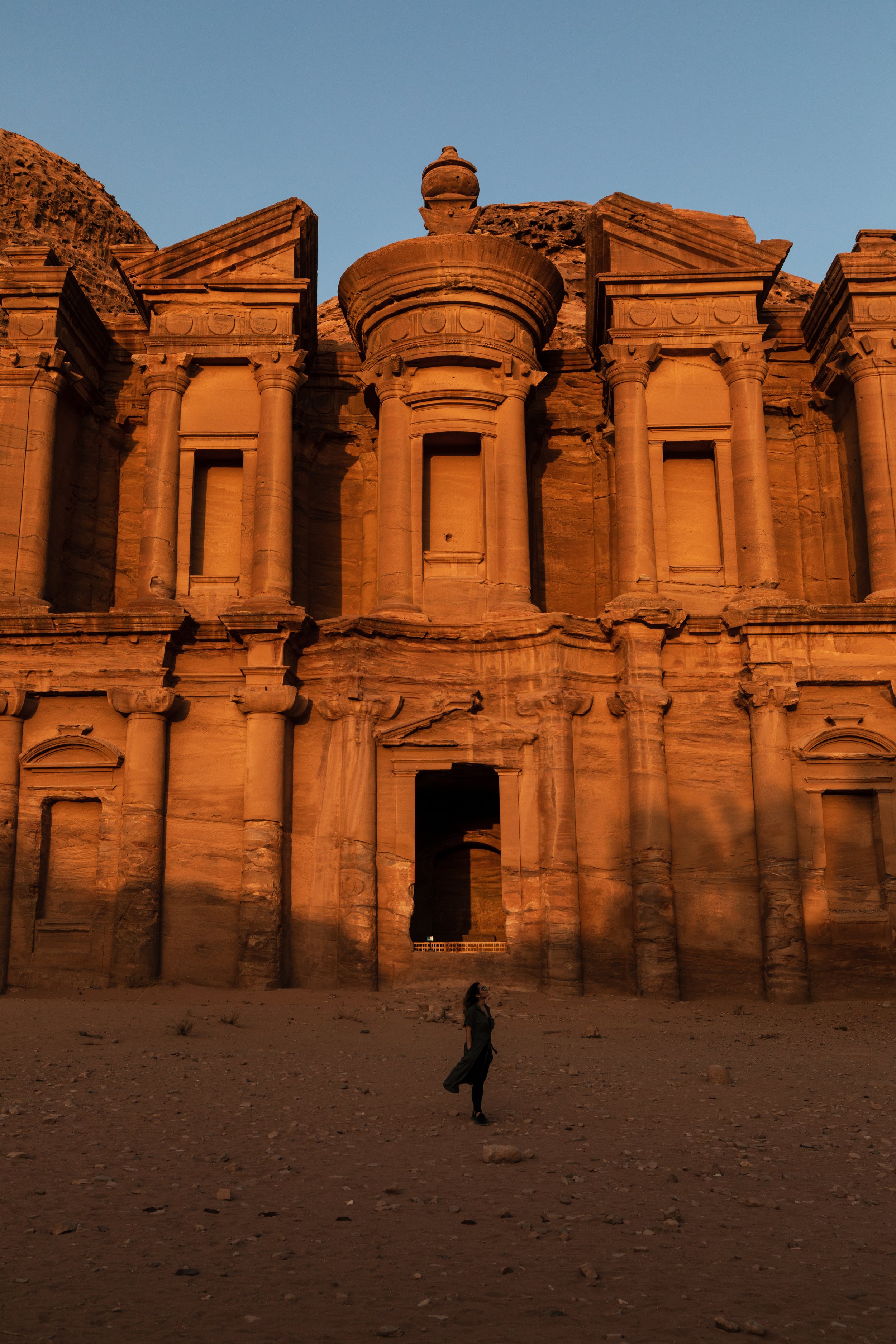



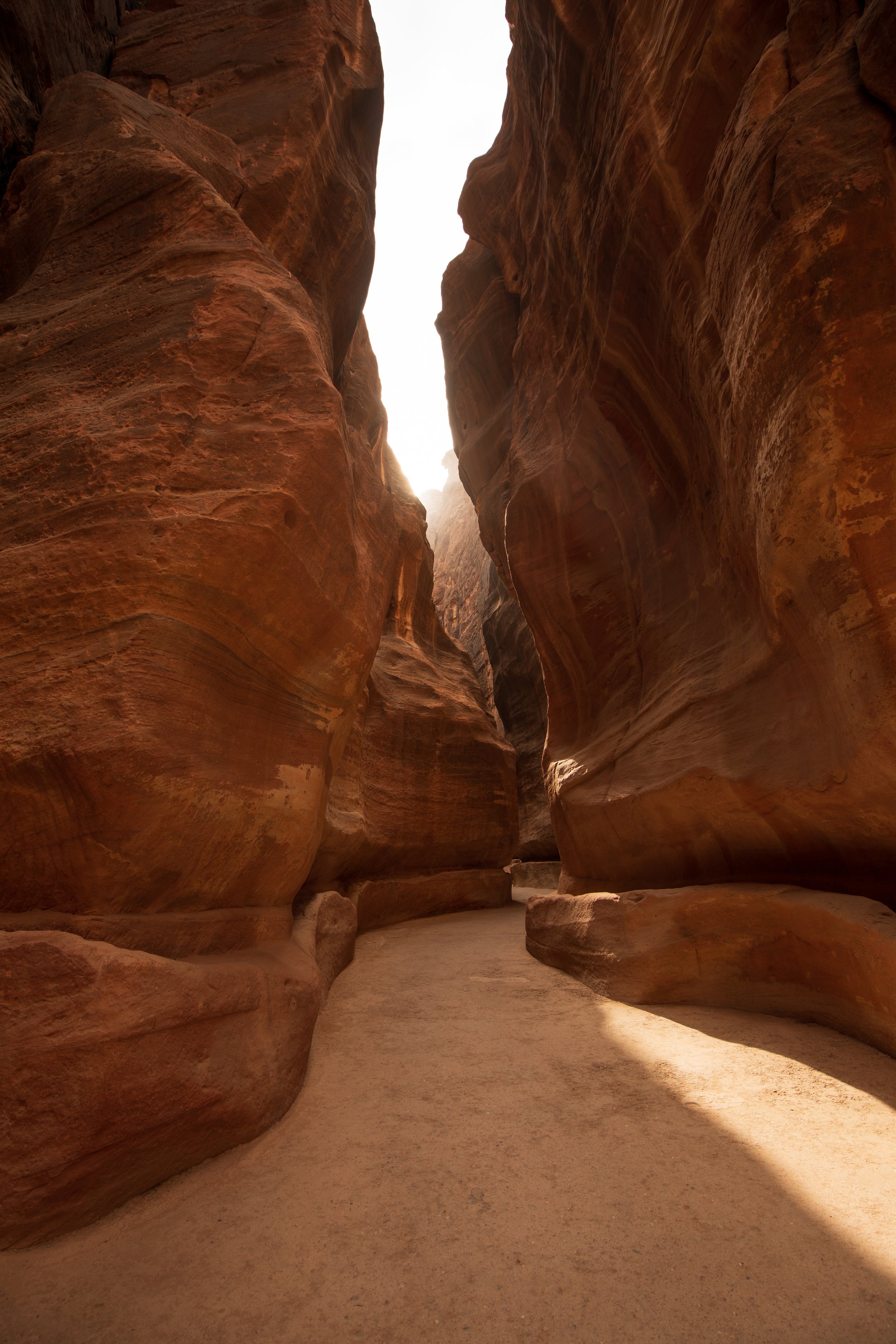
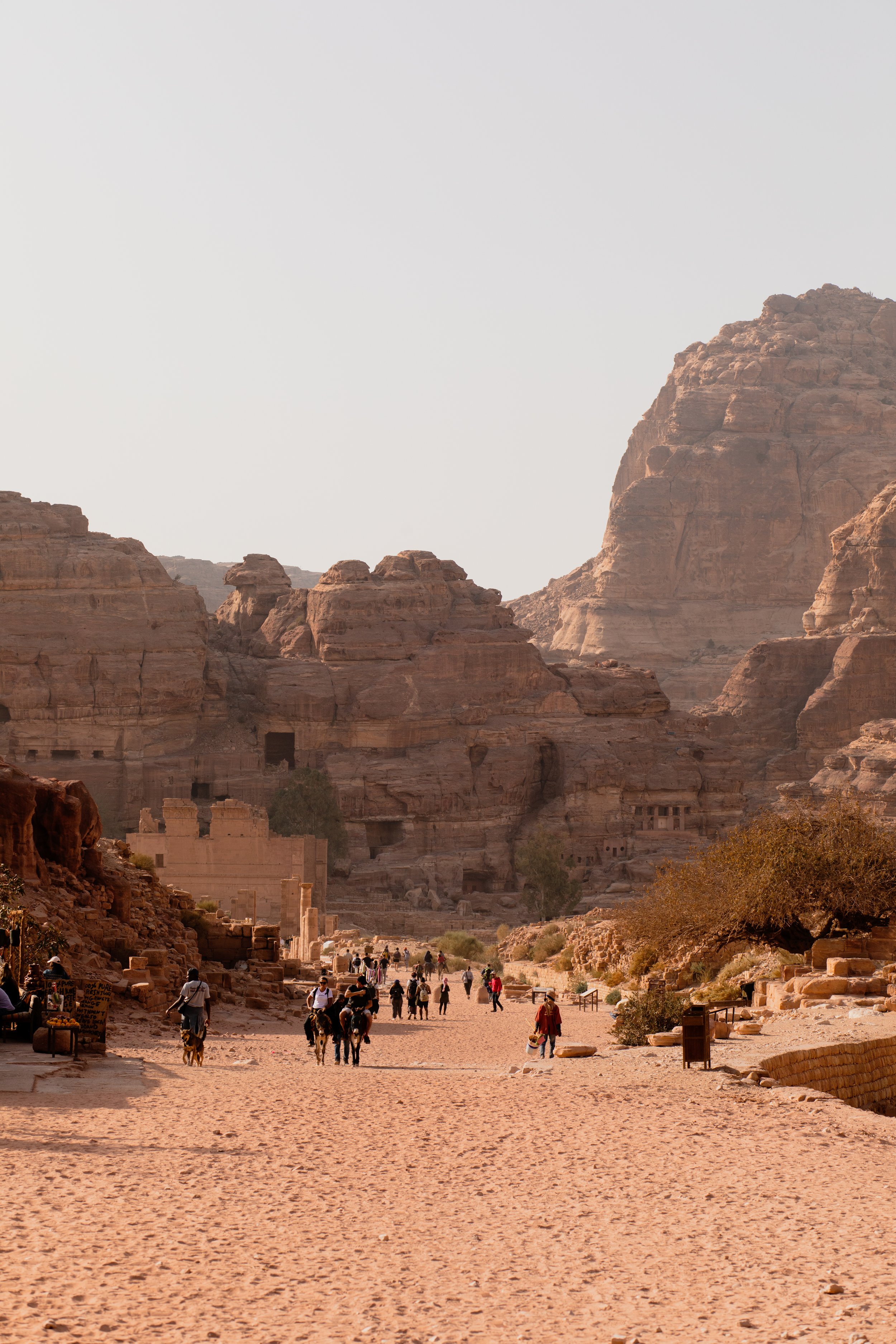

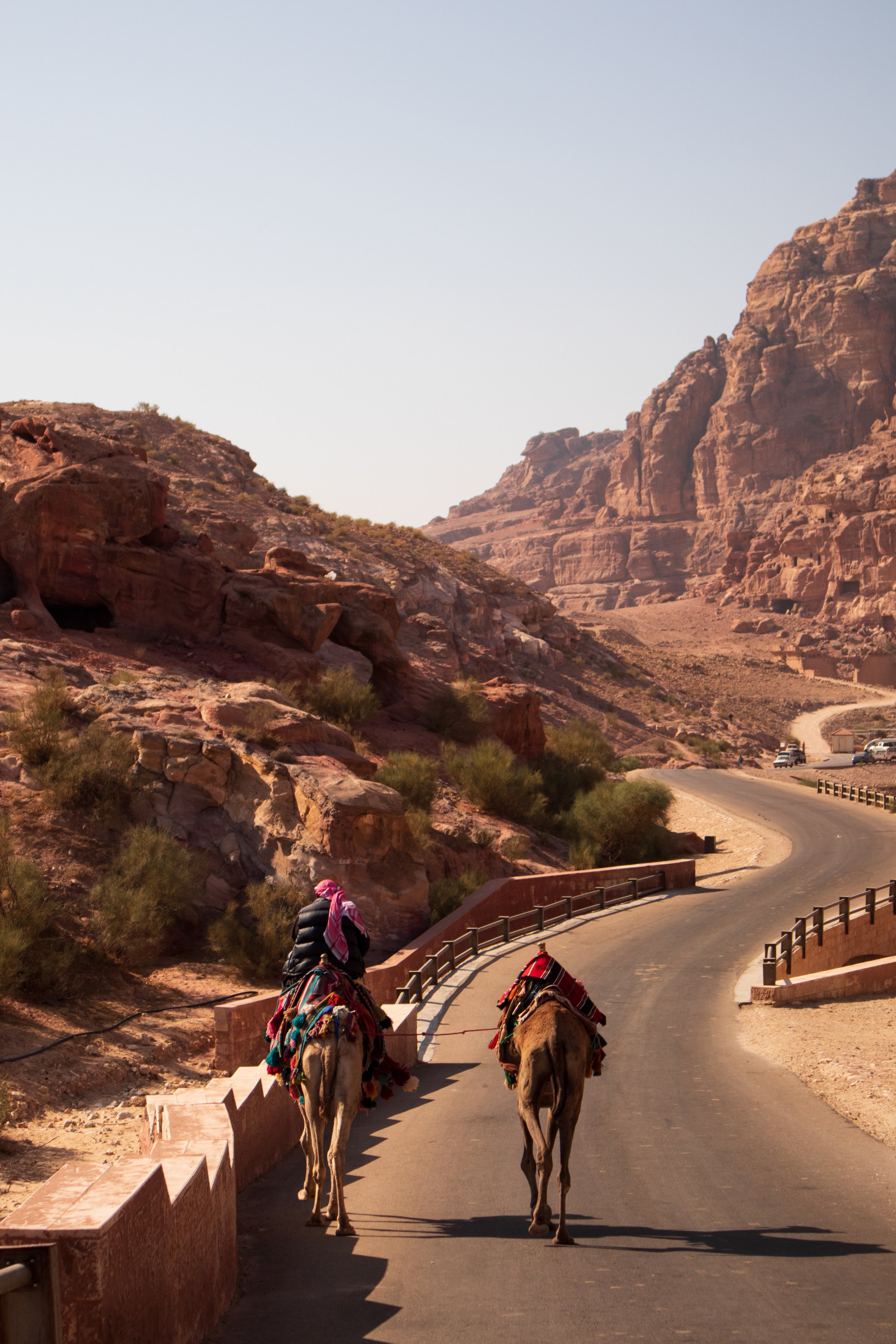
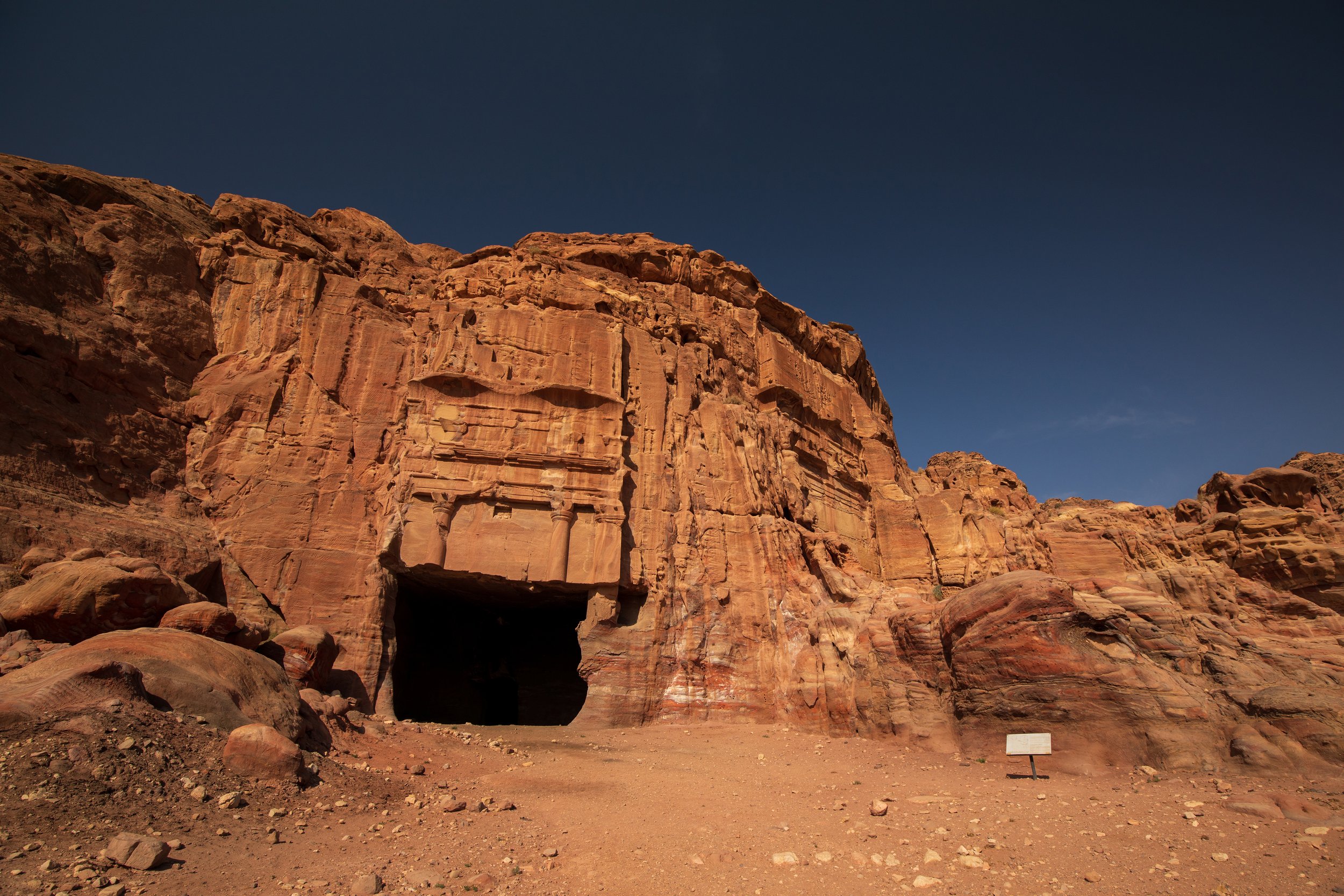
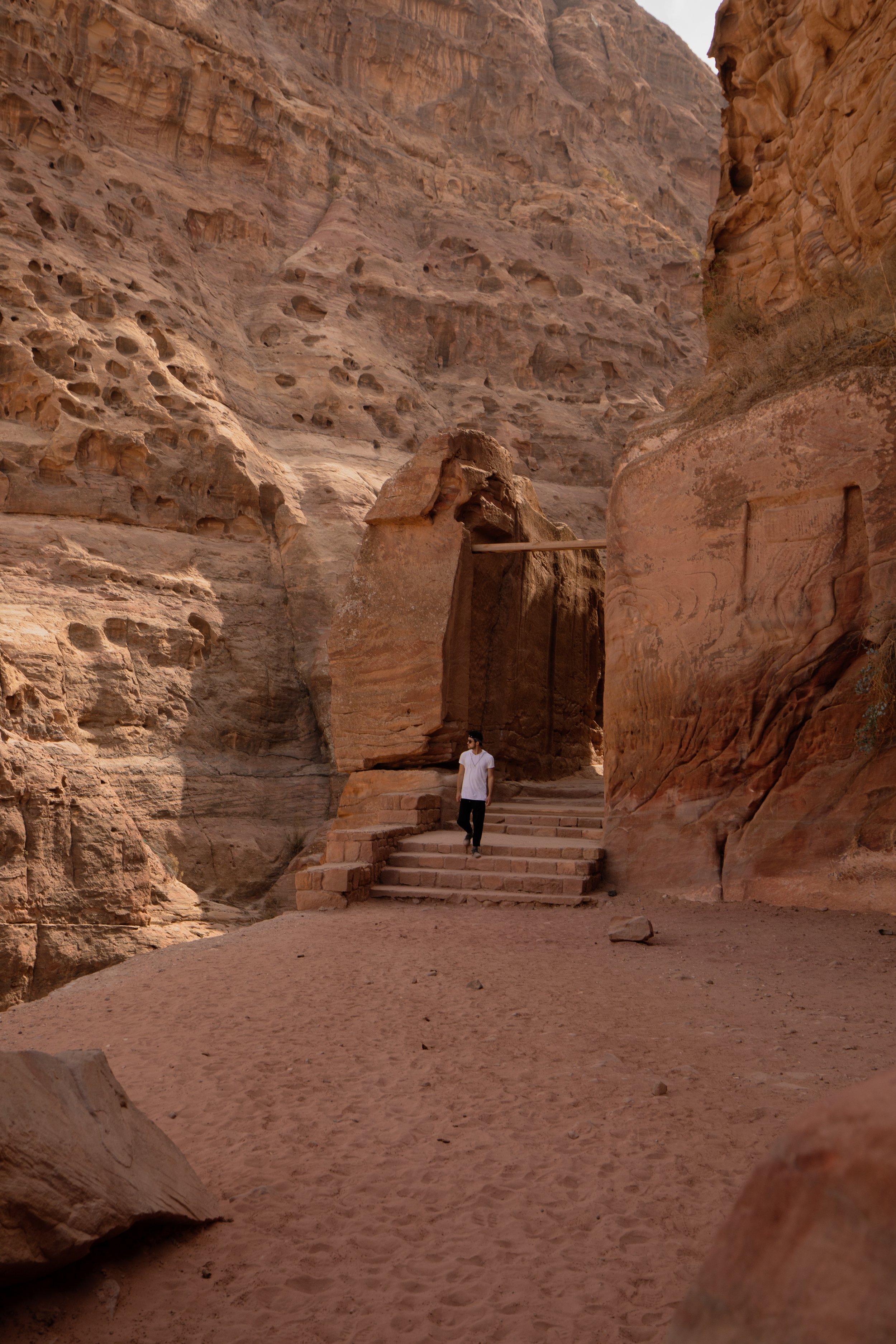
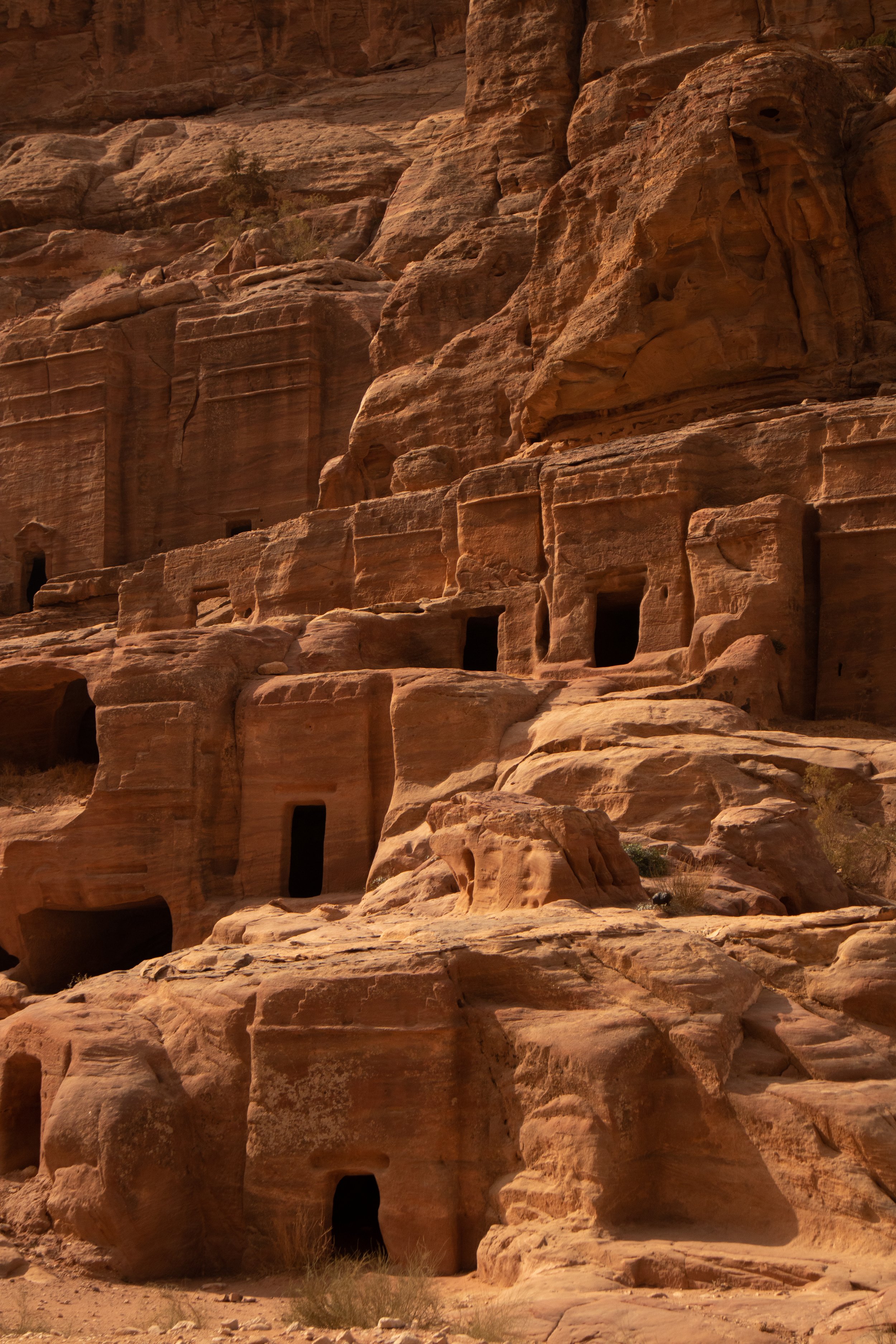
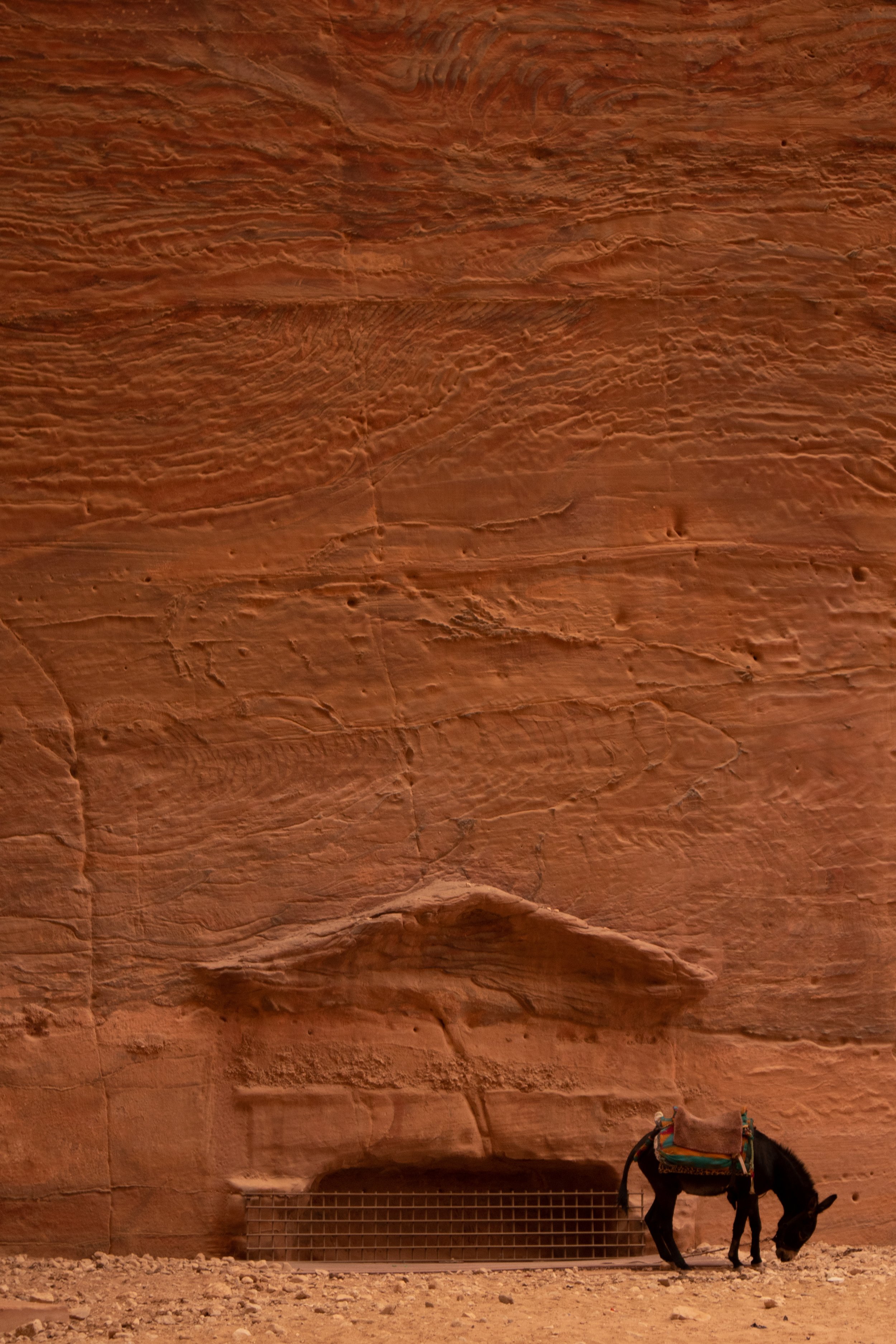
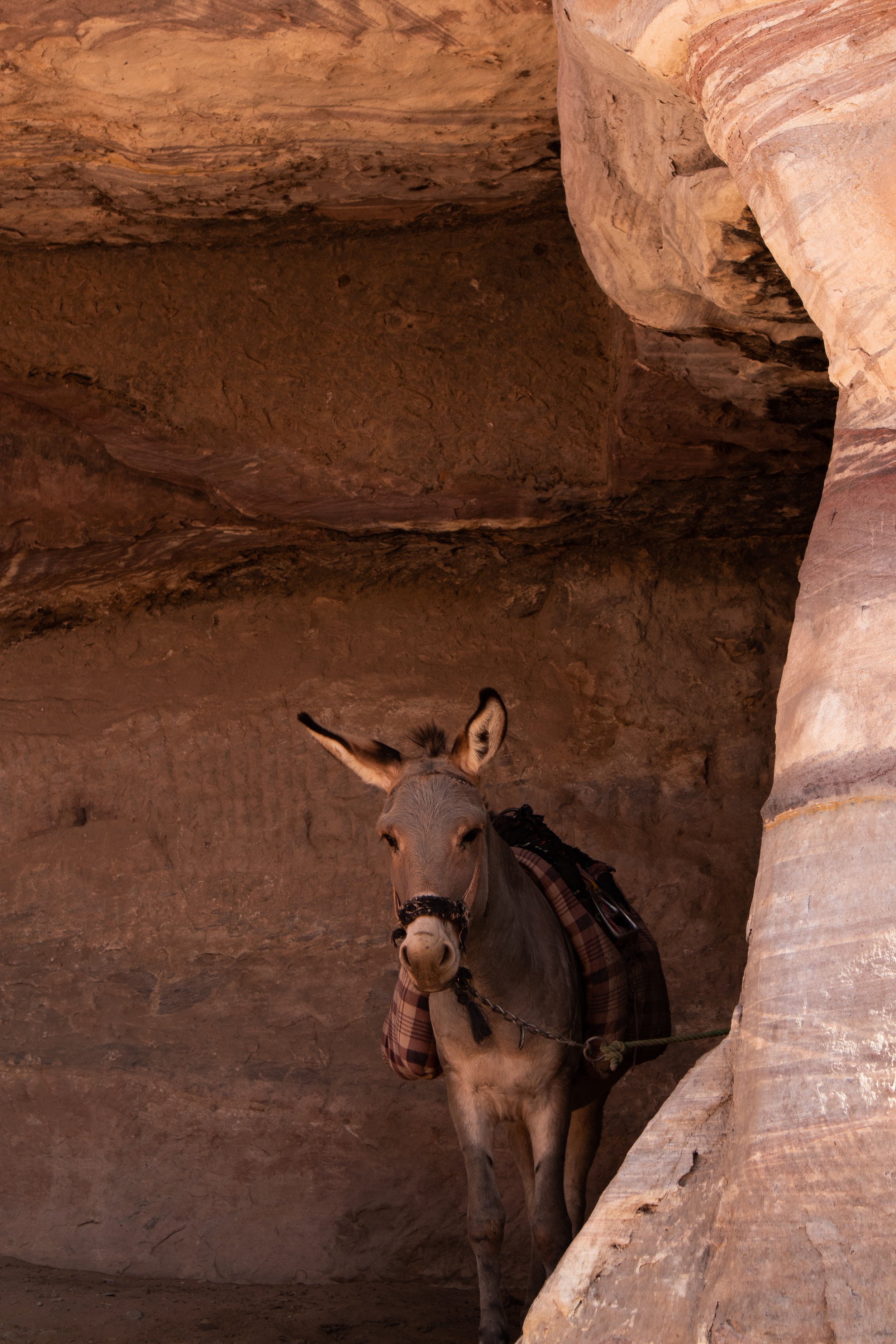
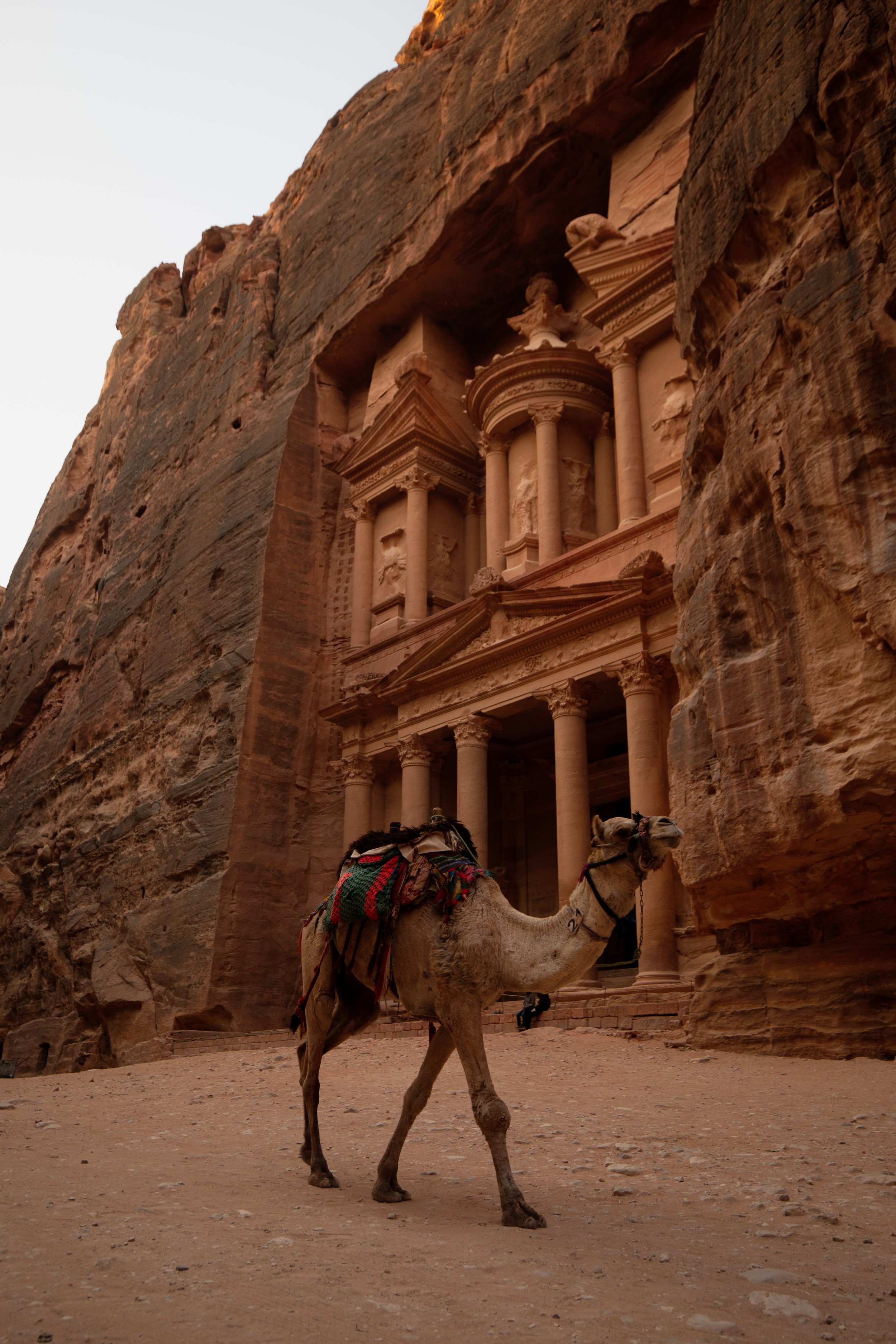
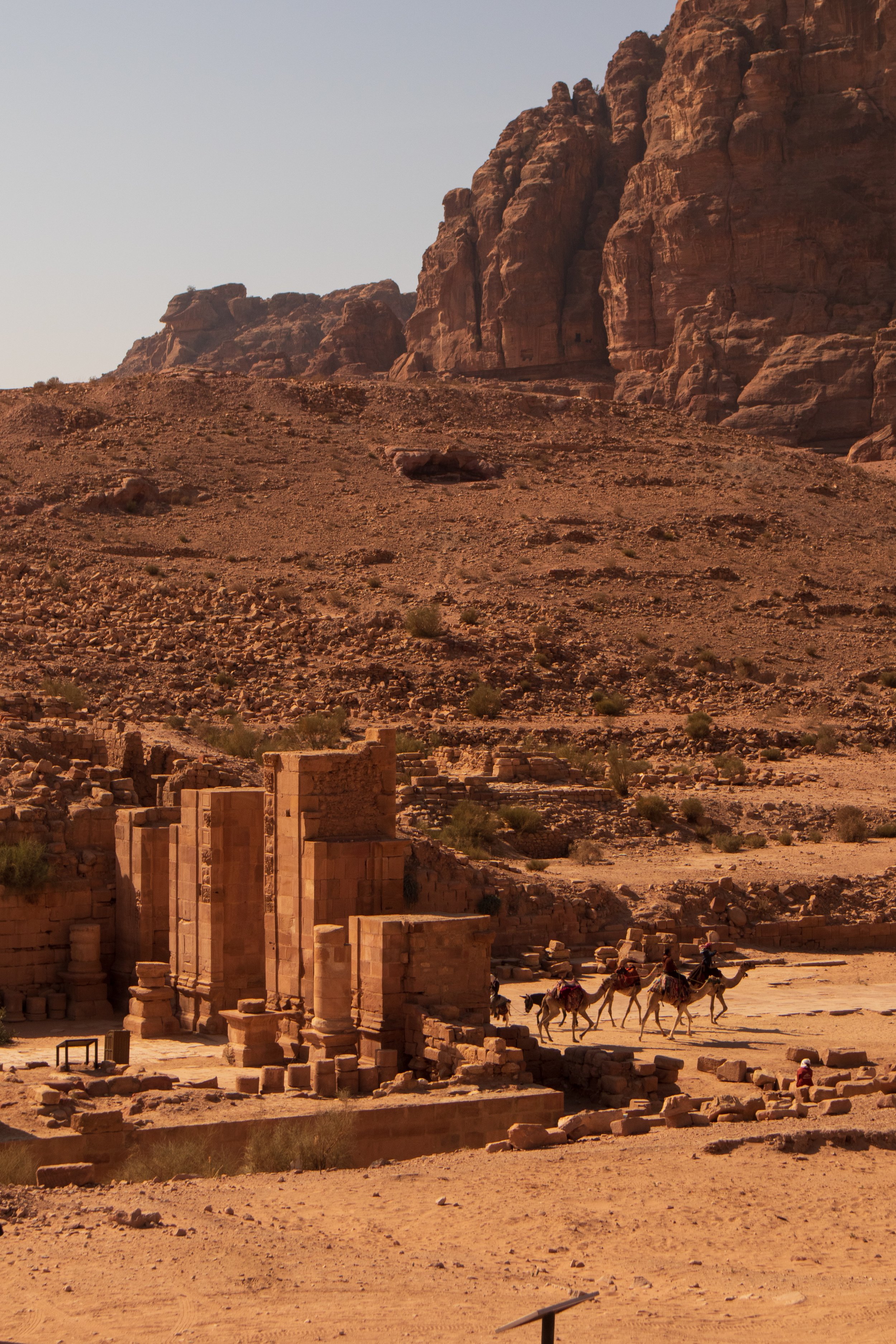
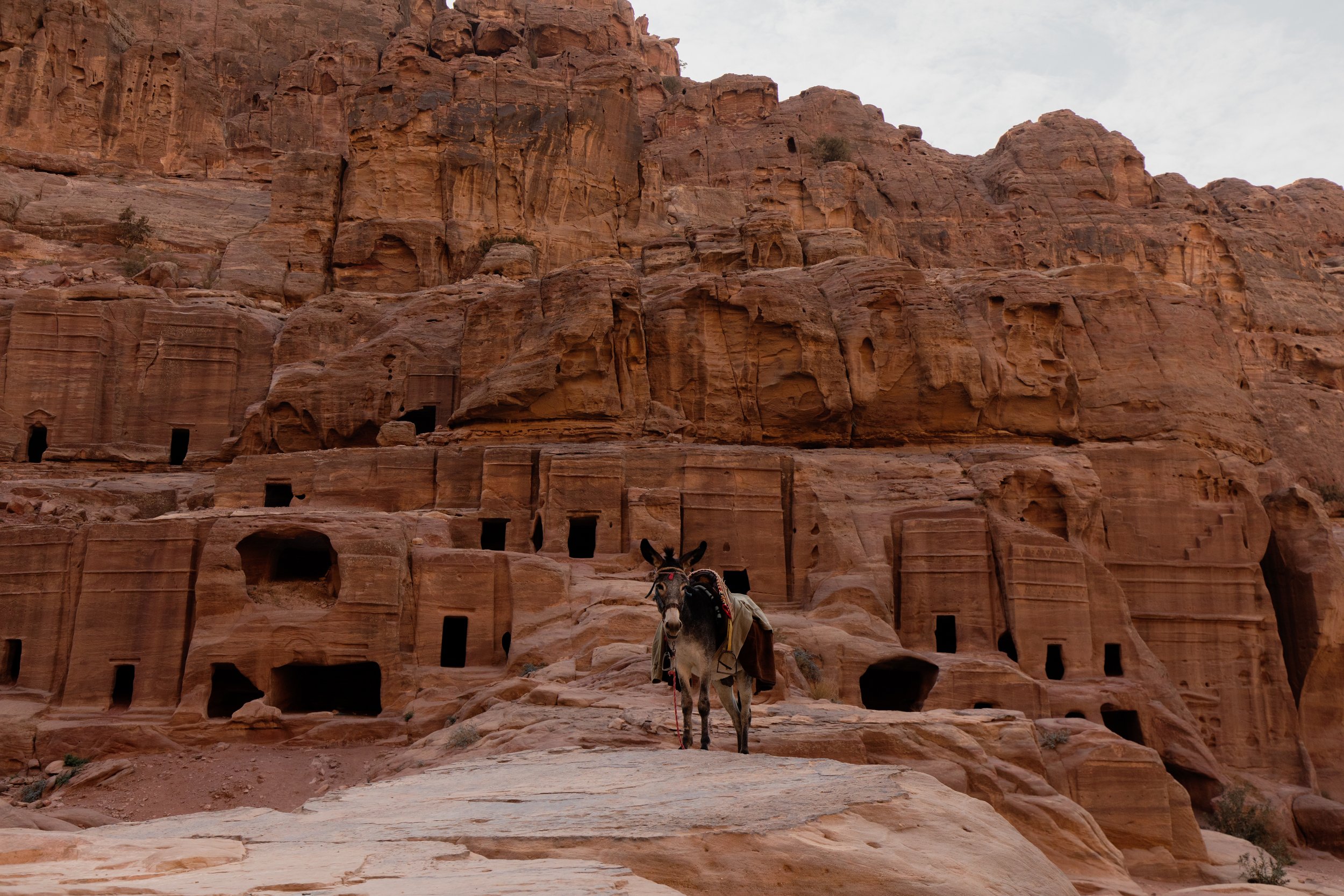
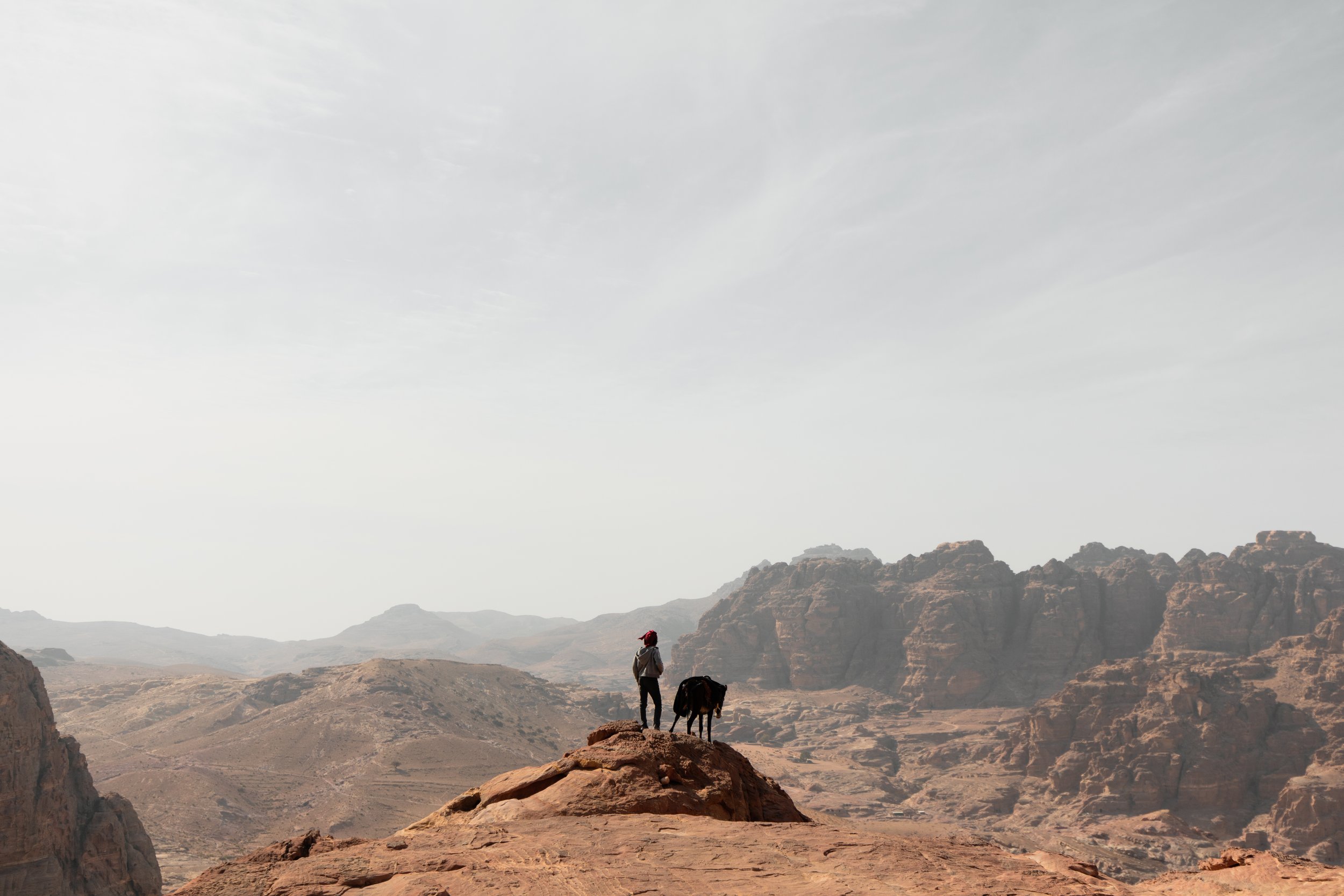
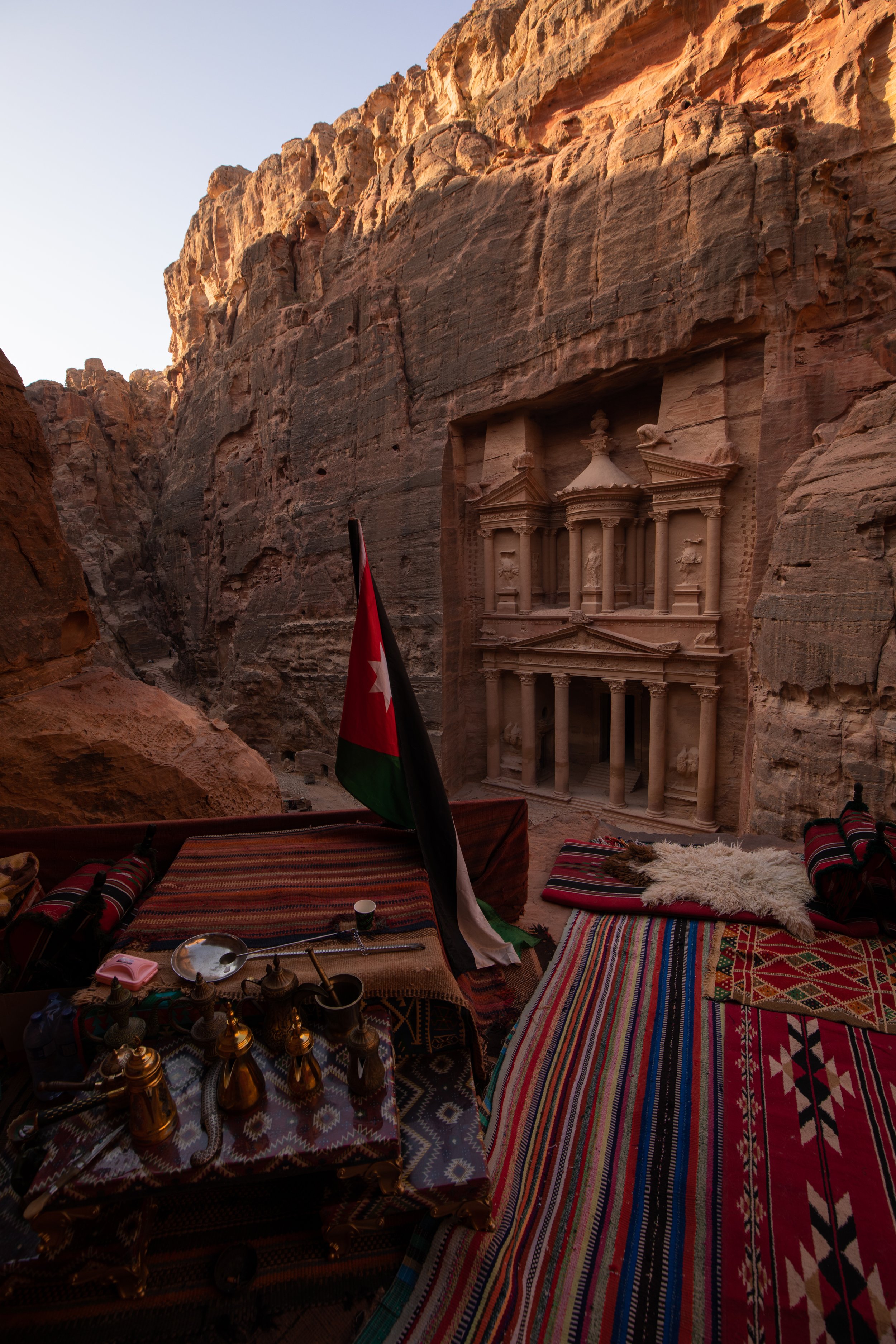
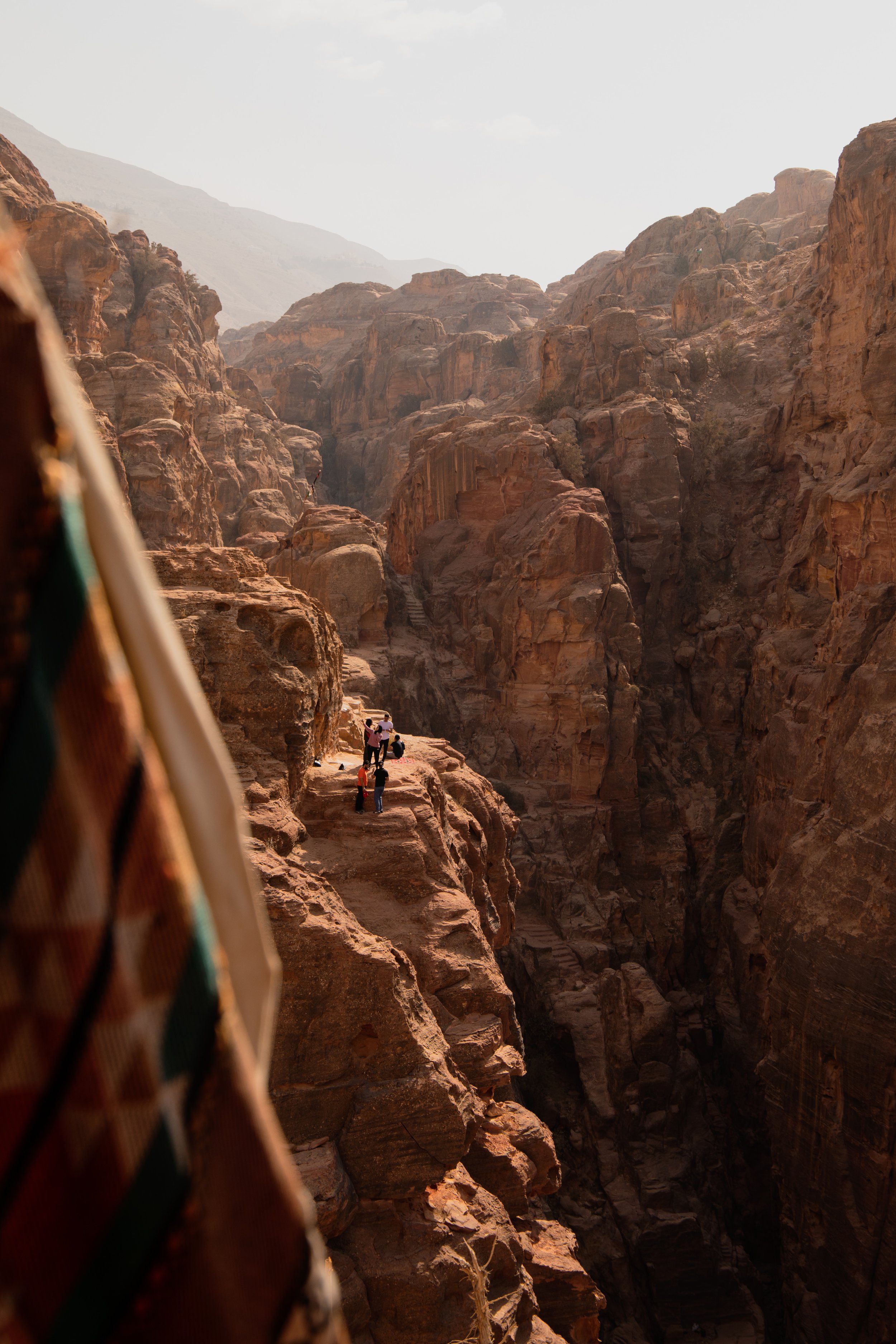


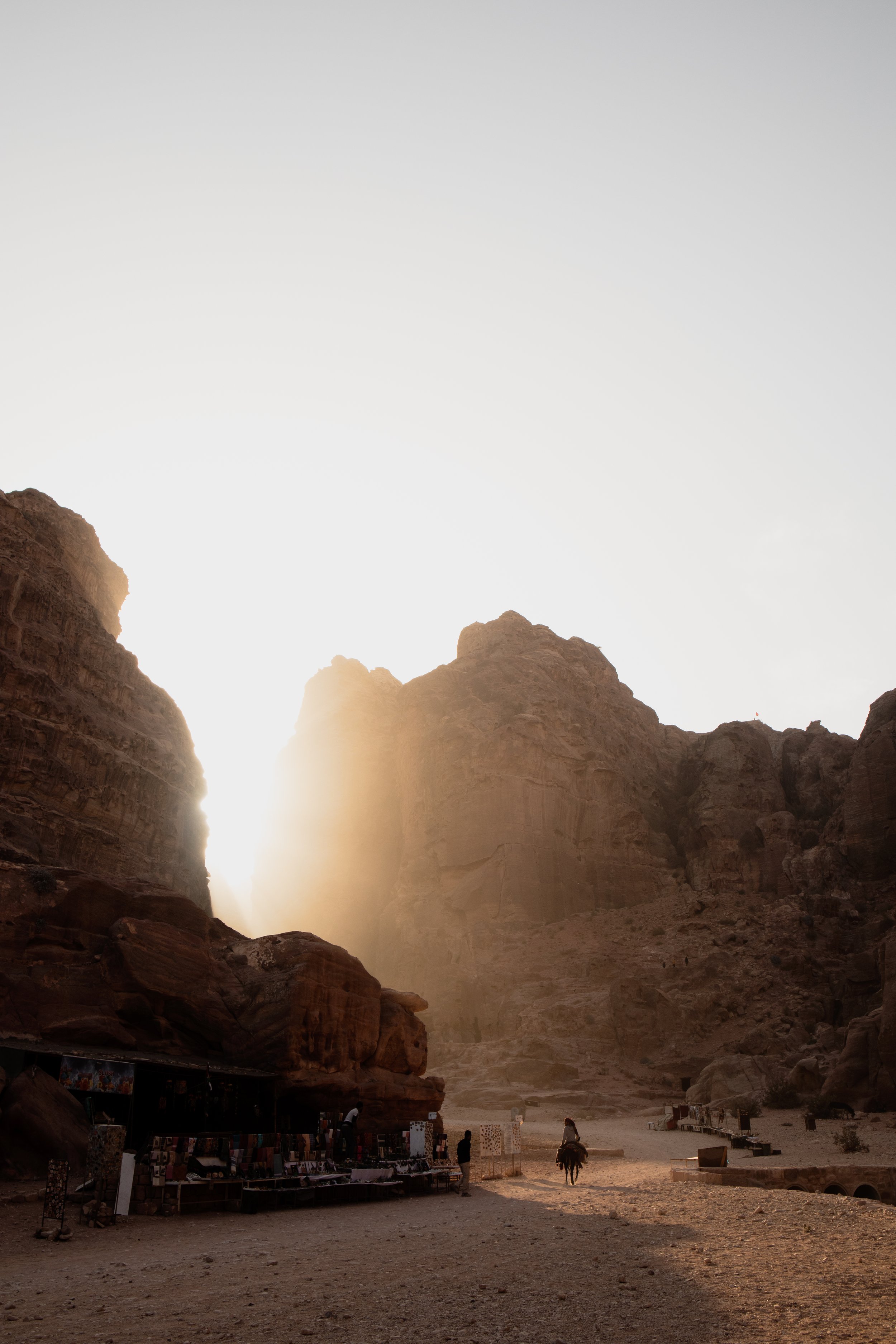
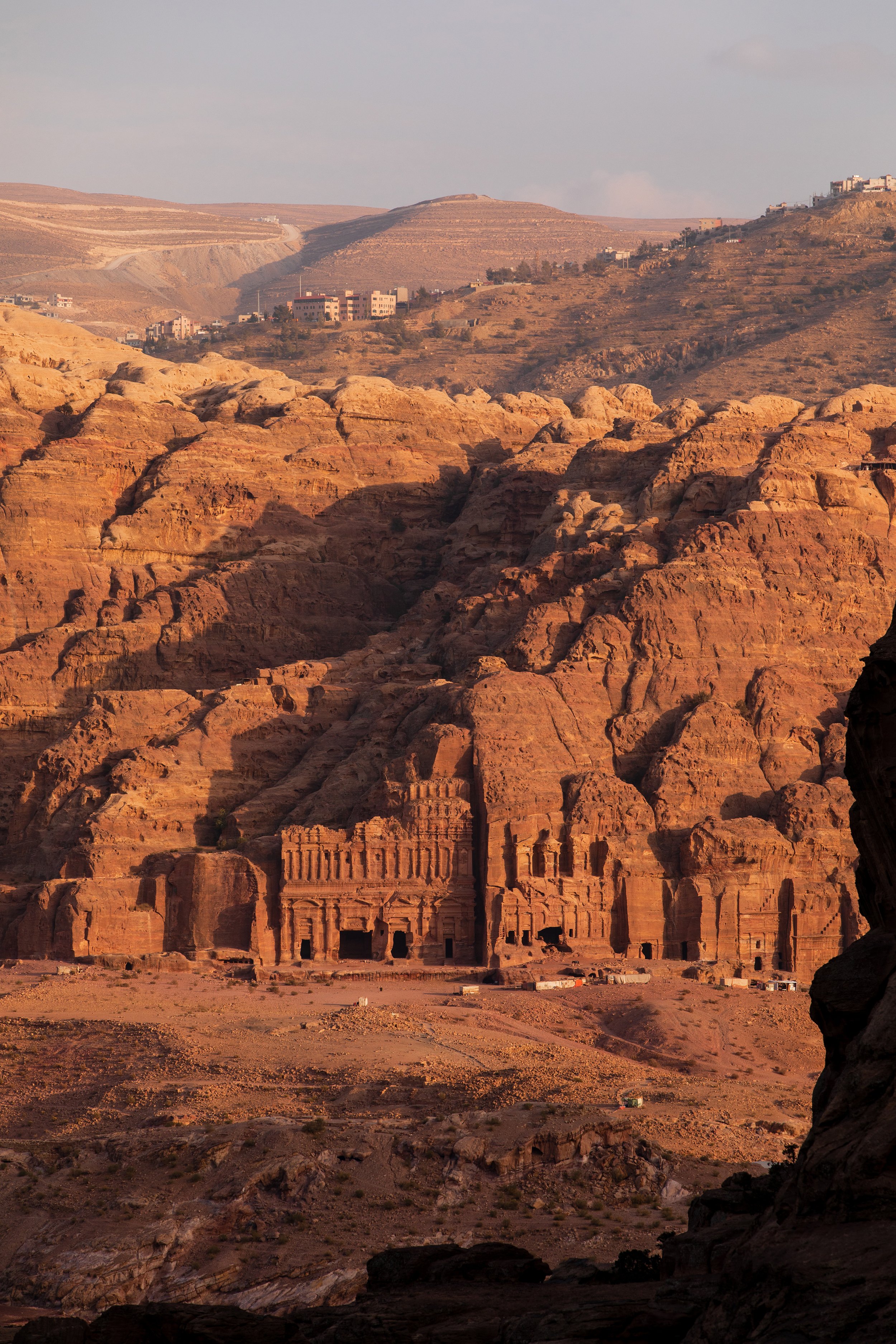
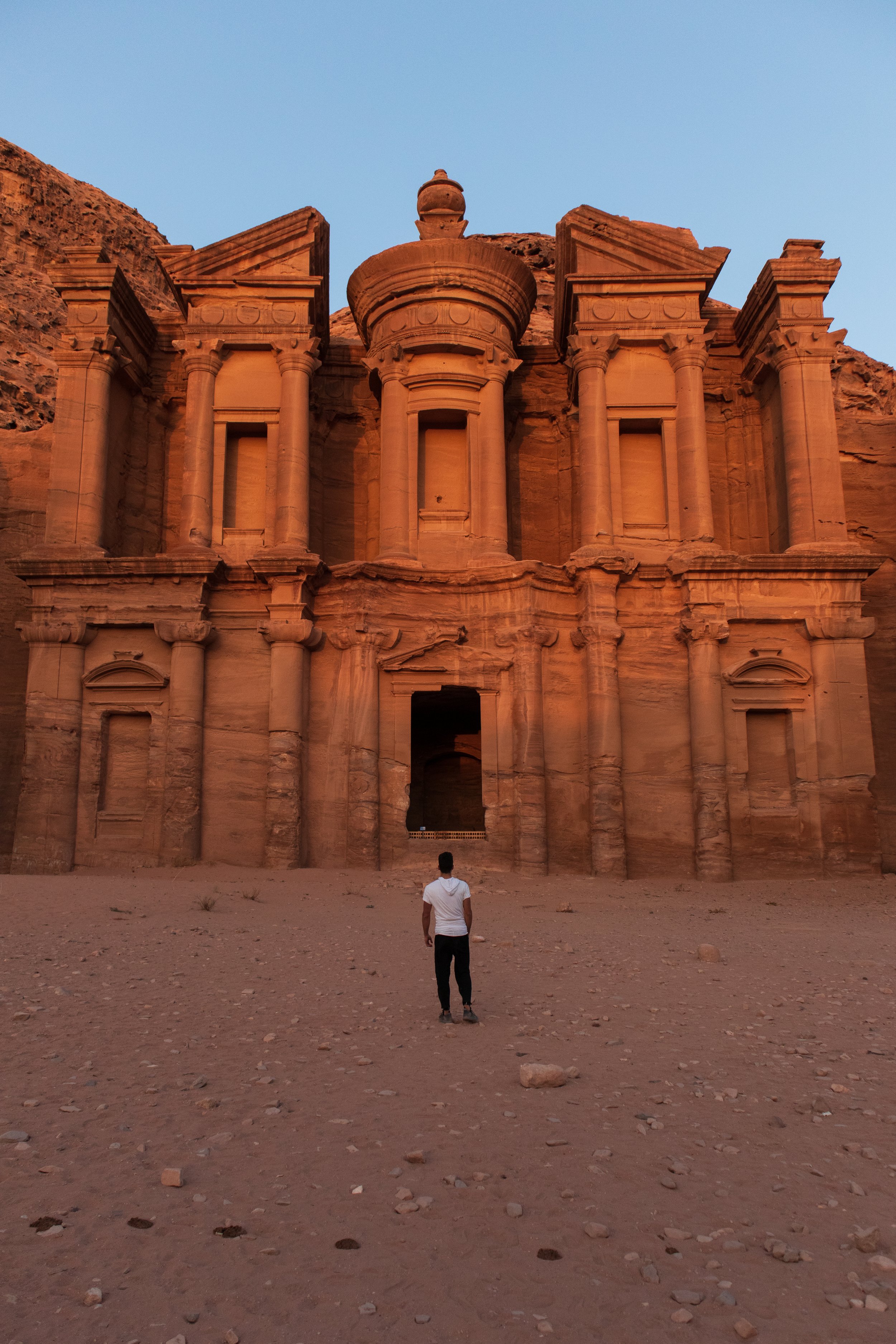


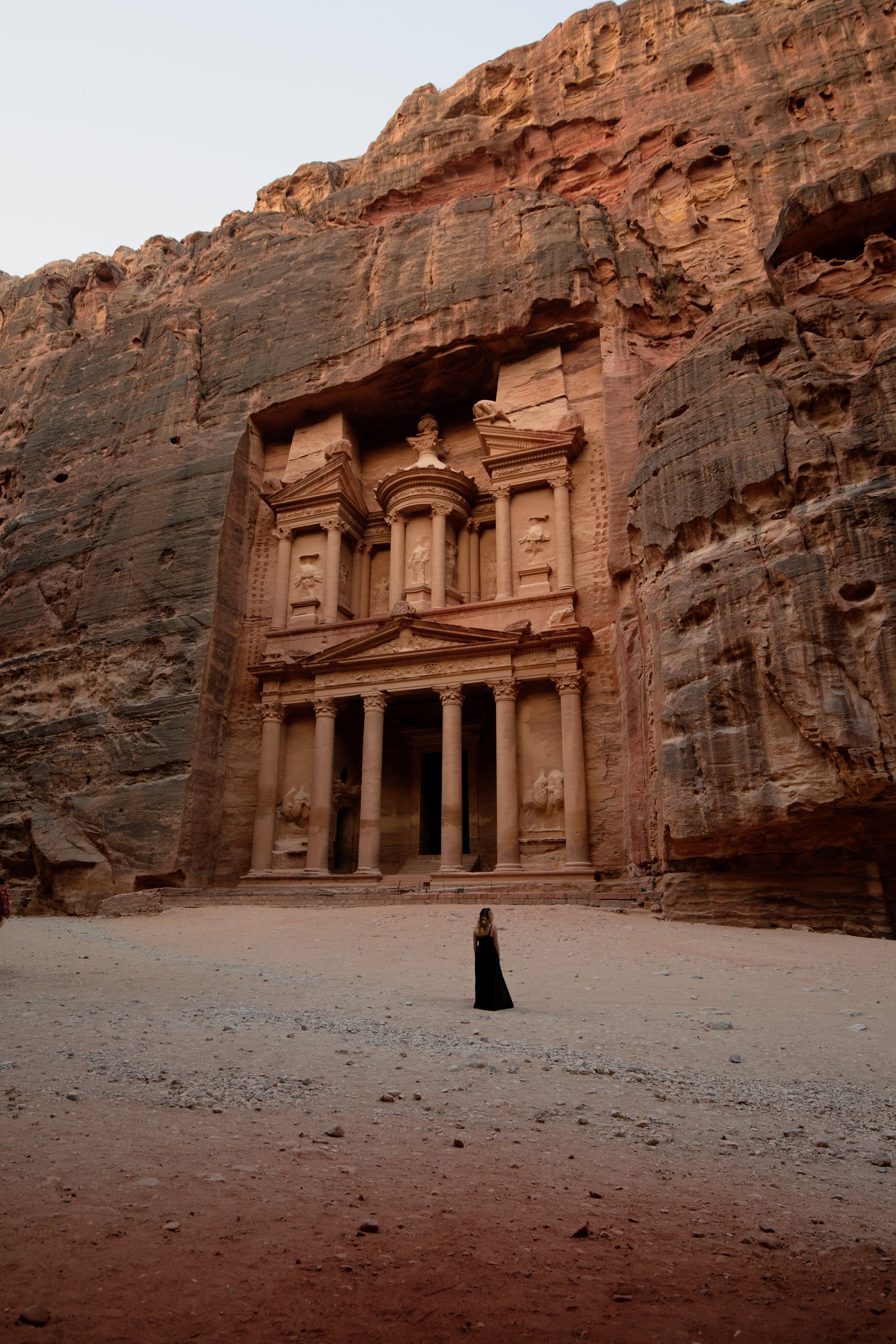
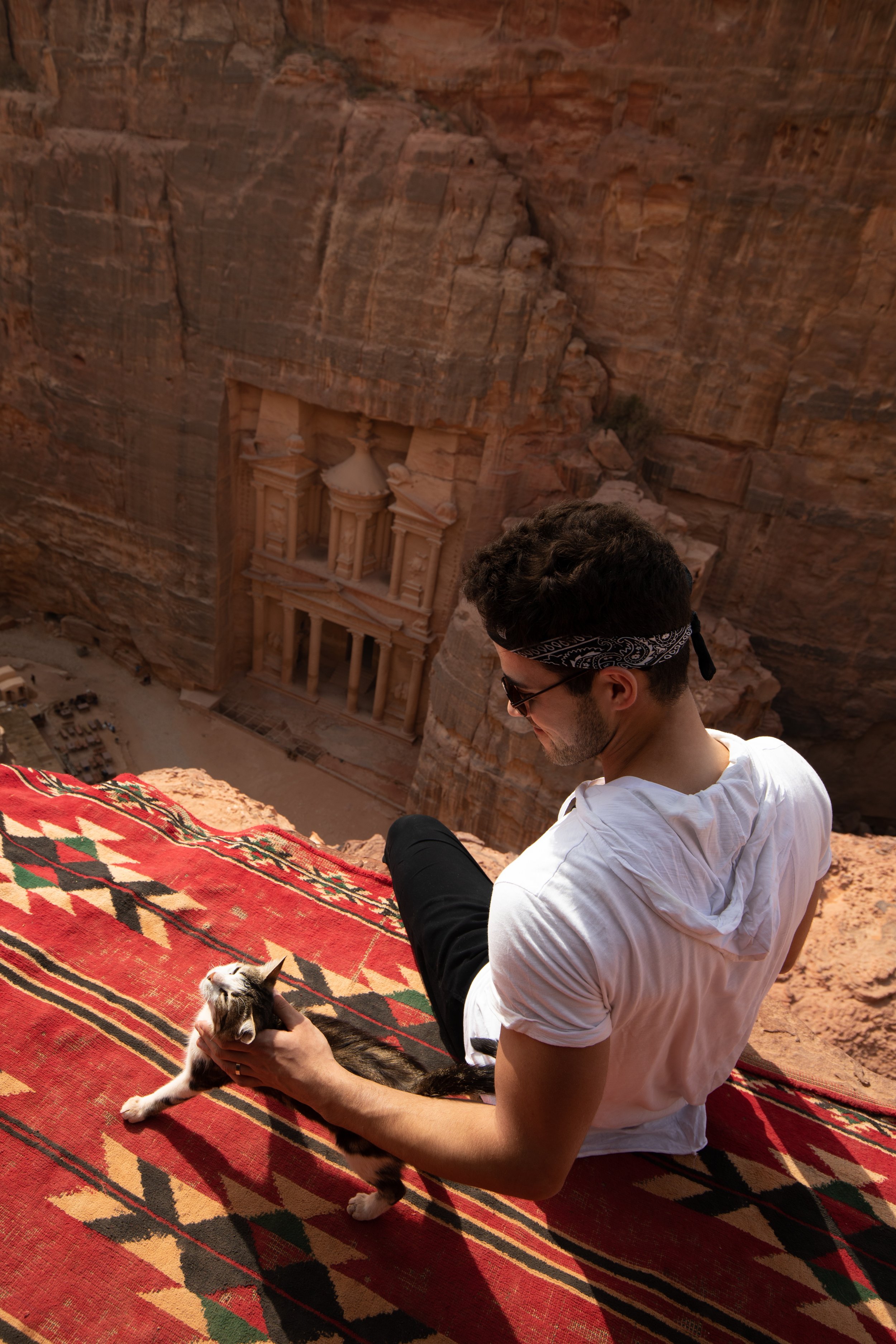
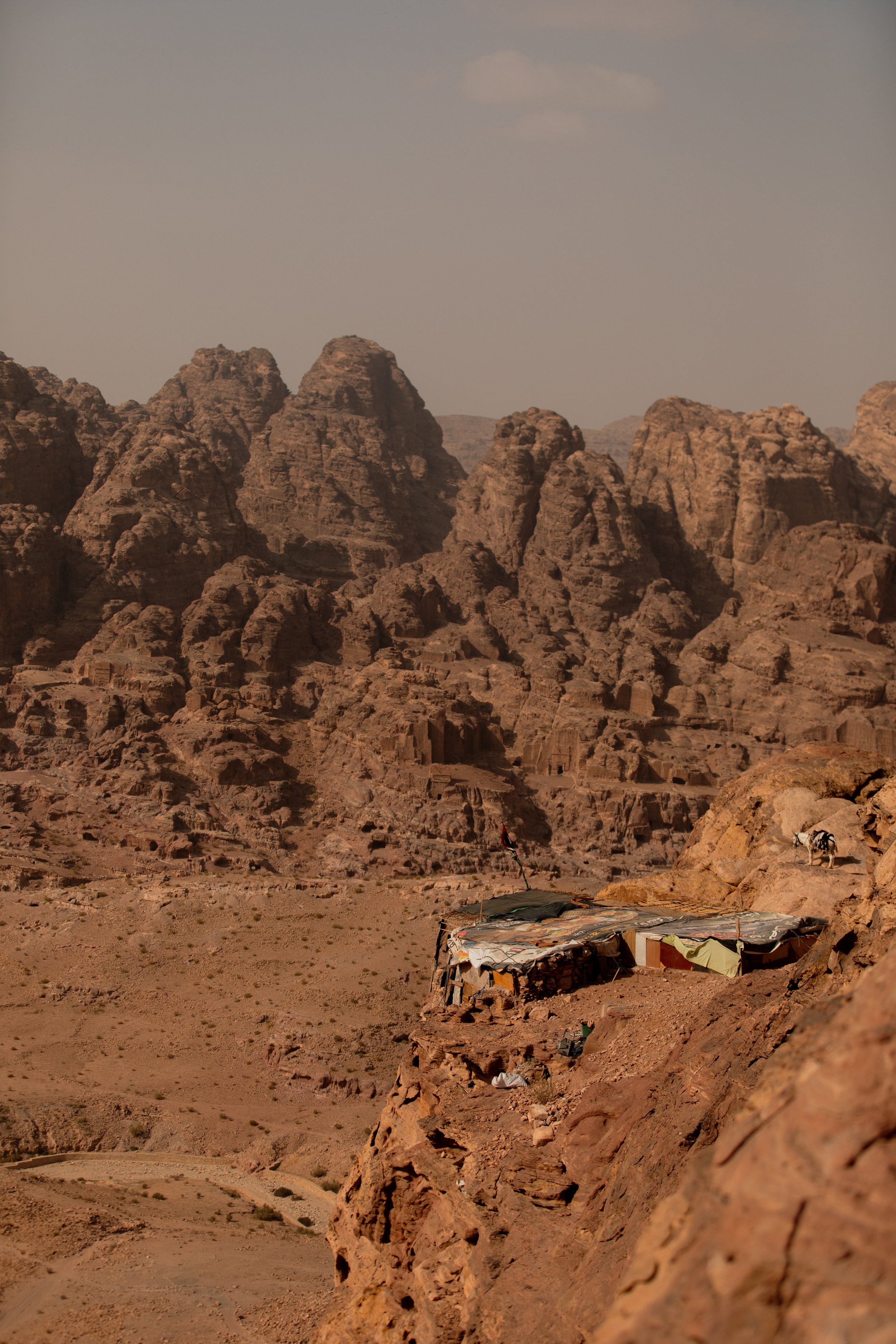
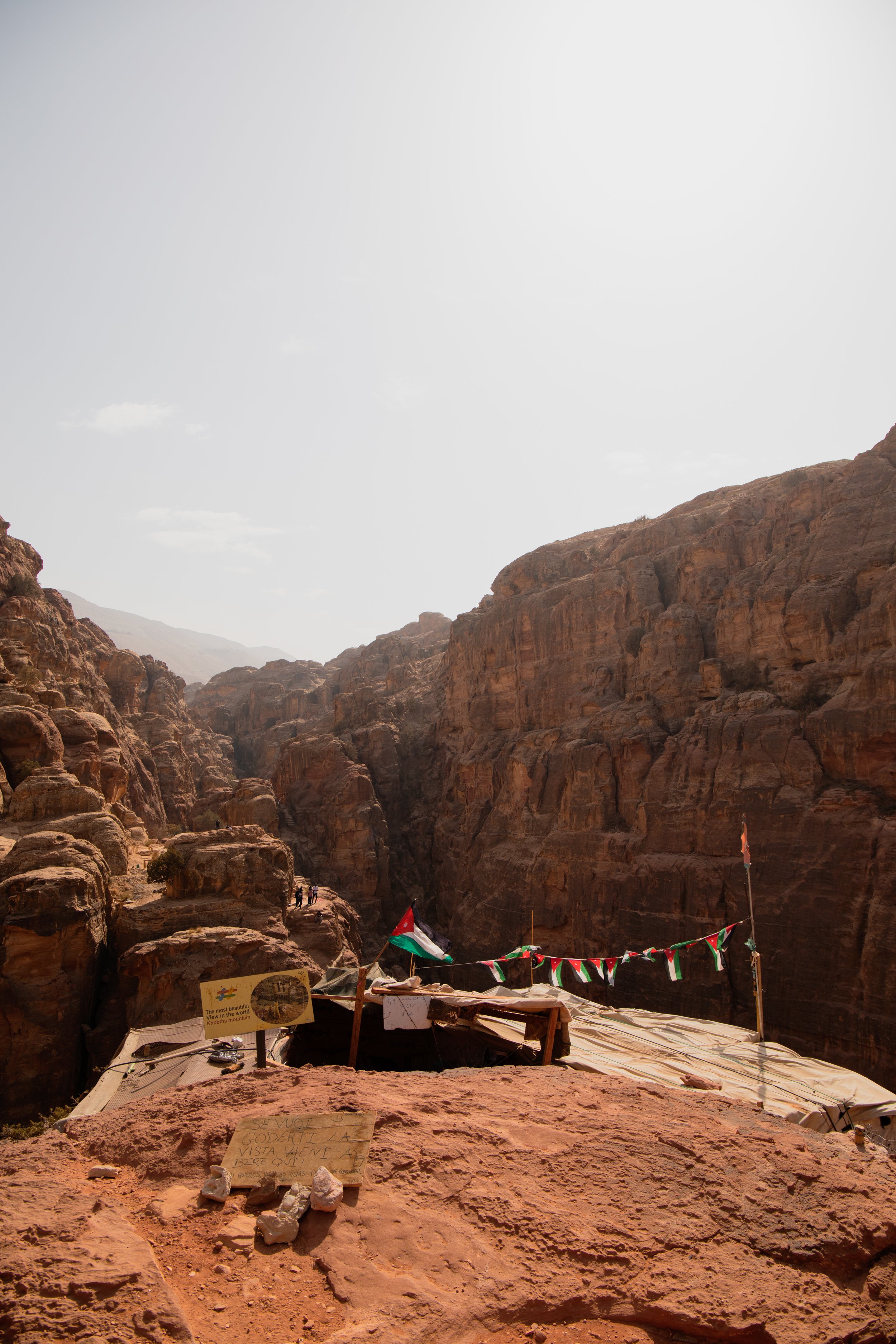






How to make the most of your visit to the Jordanian hot springs